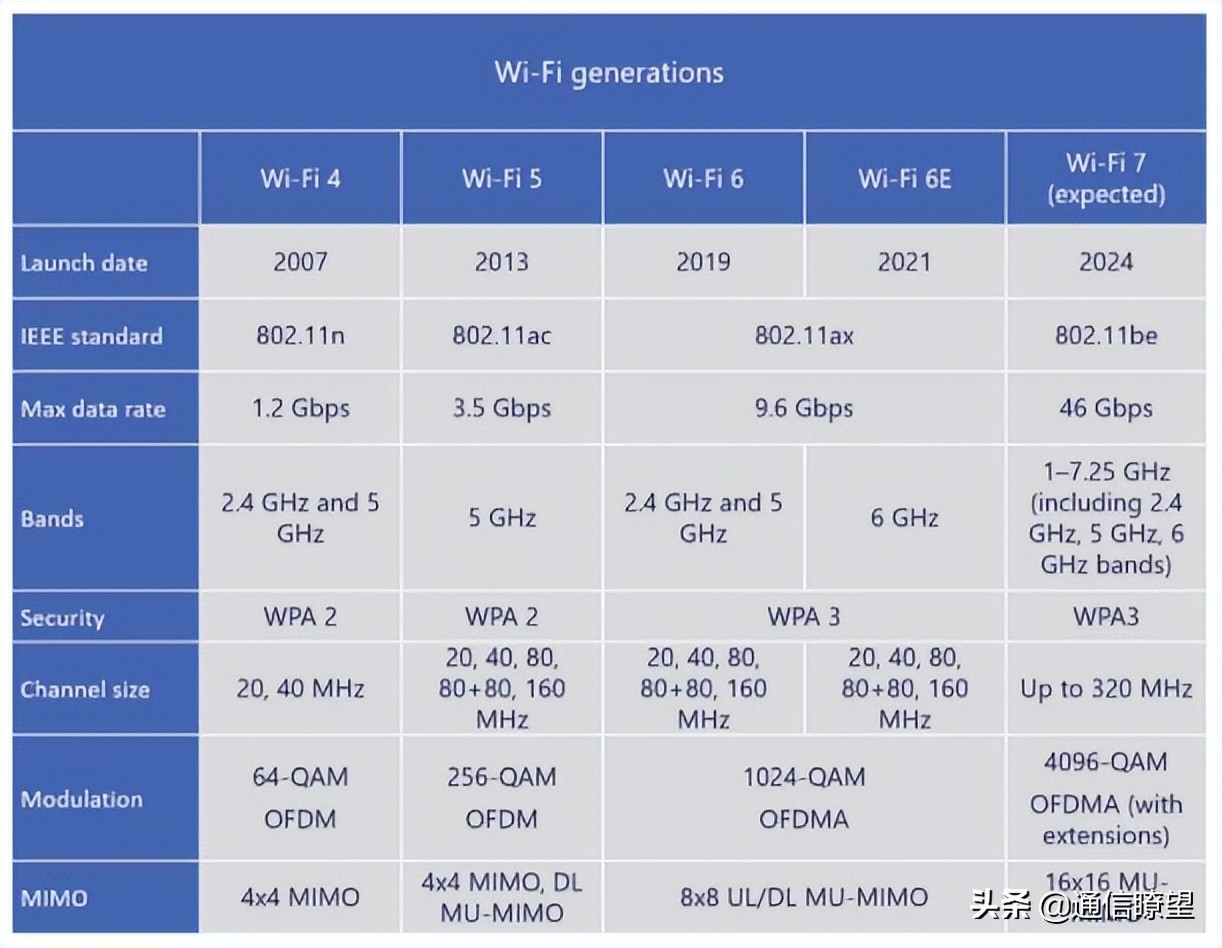How powerful is Xinji Internet celebrity WiFi7?

After Qualcomm released the WiFi7 networking solution, WiFi7 has become a new hot topic that has been most discussed in the industry recently.

So, when WiFi6 is not yet fully popularized, how powerful is WiFi7, a new follower? Today we will talk about WiFi7.
After the emergence of 5G and gigabit optical broadband, the applications of telecommuting, online video conferencing, and cloud computing have quietly approached our lives. And new applications such as 4K/8K high-definition video, VR/AR and cloud games are no longer fresh.
A common feature of these new applications is that they have very high requirements on network throughput and delay.
Therefore, for networking, the public not only need high-speed, low-latency communication networks, but also all kinds of smart terminals in their hands must also have high-speed, low-latency networking experience.
As a result, WiFi, the most used networking tool and an important entry to the network, has to be upgraded.
The WiFi 6 released in 2019 and coupled with gigabit optical broadband has been able to far exceed the speed of 4G. And WiFi7 will provide higher network connection speed.
From the relevant data, WiFi7 is expected to support a throughput of up to 30Gbps, with a maximum network speed of 46.4Gbps, which is 4.8 times the maximum network speed of WiFi 6 of 9.6Gbps. In this way, WiFi7 is all about providing lightning-fast speeds.
In addition to the fast network speed, compared with WiFi6, WiFi7 can also support three frequency bands of 2.4 GHz, 5 GHz, and 6 GHz at the same time. As a result, the maximum available bandwidth has been increased from 160 MHz to 320 MHz. In addition, WiFi7 can also support up to 16 antennas to send and receive signals.
What is this concept? Simply put, the capacity and channel for transmitting data have become larger.
If you use high speed to describe WiFi7, it means that on WiFi7, not only the speed of the car can change the speed of the plane, but the runway is also wide like a square.

What is even more powerful is that, unlike WiFi6, WiFi7 supports three frequency bands: 2.4 GHz, 5 GHz, and 6 GHz at the same time. This also means that WiFi7 can automatically switch between the three frequency bands according to the strength of the signal, and automatically place the signal to the appropriate frequency band.
At the same time, WiFi7 can also automatically adjust the load status of the network connection according to the on-site network connection environment, and use its own multi-channel advantages to transmit data concurrently.
Such a network connection environment can obviously meet more applications that have very high requirements on network throughput and delay, so that the network connection can be maintained at high speed at all times.
If such a magical ability is used in today's production and life, the sense of experience will be bursting.
For example, telecommuting and online video conferences that many people use today will inevitably encounter slowness and lag. Especially in an environment with a large number of people using the Internet, it is almost impossible for everyone to want to not be stuck. But with WiFi7, everyone can get the effect of high-speed access to the network.
When everyone gets together to play large-scale online games and e-sports games (with a latency requirement of less than 5ms), WiFi 6 can hardly take care of every device, so that all access devices can maintain high-speed access. But WiFi7 can "cover everything".
In addition, after the emergence of immersive virtual reality network applications such as "Metaverse" in the future, 4K/8K high-definition video (the transmission rate may reach 20Gbps), VR/AR synchronous access (head-mounted binocular rendering) will be required. Faster network speeds, lower latency, and higher network access throughput. The emergence of WiFi7 can be of great help to such applications.

After the launch of WiFi6, its transmission speed is only 25% higher than the previous WiFi5, but it is more to improve the network quality after multiple devices are connected. Therefore, many users are not very interested in WiFi6 so far.
If the home is not connected to gigabit broadband and there are dozens of smart devices connected at the same time, the general user's demand for WiFi6 is actually not large.
The emergence of WiFi7 is to upgrade the multi-device connection and high-speed, low-latency transmission speed to "lightning speed". From this point alone, WiFi7 is indeed quite powerful. After new applications such as 4K/8K high-definition video and "Metaverse" mature and become popular, WiFi7 will be even more powerful.
Today, WiFi is now an integral part of our daily lives. According to the analysis data of market research institutions, the domestic WiFi Internet of Things market will grow at a compound annual growth rate of 29%, and the number of indoor network equipment connections will continue to increase in the future. The requirements will be higher.
However, at this stage, the global WiFi7 technical specifications have not yet been finalized. Although Qualcomm released the world's first commercial WiFi7 professional network solution, the industry expects that mature WiFi7 products will not appear until 2024. From this point of view, we ordinary people will have to wait at least two or three years if they want to really use the WiFi7 router.